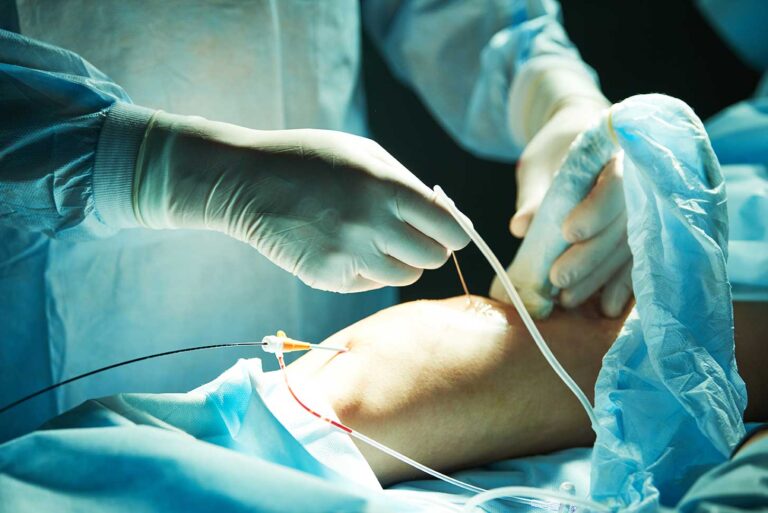
Welcome to the world of orthopedic surgery, a field marked by scientific marvels. We often marvel at the success of complex procedures like bone grafting. Today, we dive into the science behind this fascinating process. We will explore the role of an interesting concept – the Arlington cervical spine. This is not about magic. It’s about the power of modern medicine. Simple, smart, and successful.
First, let’s break down what bone grafting is. It’s a surgical procedure. It repairs bones or joint problems. It uses transplanted bone to repair and rebuild diseased or damaged bones. A bone graft can fill a hole in the bone, provide a support bridge for the growth of new bone, or help to provide structural stability.
Types of Bone Grafts
There are two main types of bone grafts – autografts and allografts. Autografts come from your own body, usually from your ribs, hips, pelvis, or wrist. Allografts come from a donor or a cadaver. Both types have their advantages.
The Role of the Arlington Cervical Spine
The Arlington cervical spine plays a crucial role in this process. It is a part of the spine located in the neck, made up of seven small vertebrae. It is often the subject of medical studies, like those found at Medline Plus. This particular part of our skeletal system has a unique capacity for bone grafting, making it a commonly grafted area in orthopedic surgery.
Science Behind Successful Bone Grafts
So, how does bone grafting work? Bone grafting promotes the growth of new bone. It starts with placing a piece of bone, either from the patient’s body or a donor, onto the area of the bone to be treated. Over time, new bone grows around the transplanted bone, and the old bone dissolves.
Comparison: Autografts vs. Allografts
Now, let’s look at a comparison between autografts and allografts:
| Autografts | Allografts | |
| Source of Bone | Your own body | Donor or cadaver |
| Rejection Risk | Low | Higher |
| Availability | Limited by your body | More widely available |
To wrap up, orthopedic surgery, particularly bone grafting, is a testament to the wonders of modern medicine. It’s amazing how we can reconstruct our bodies using the power of our own bones or those donated by others. It’s not magic, but it is indeed magical.






